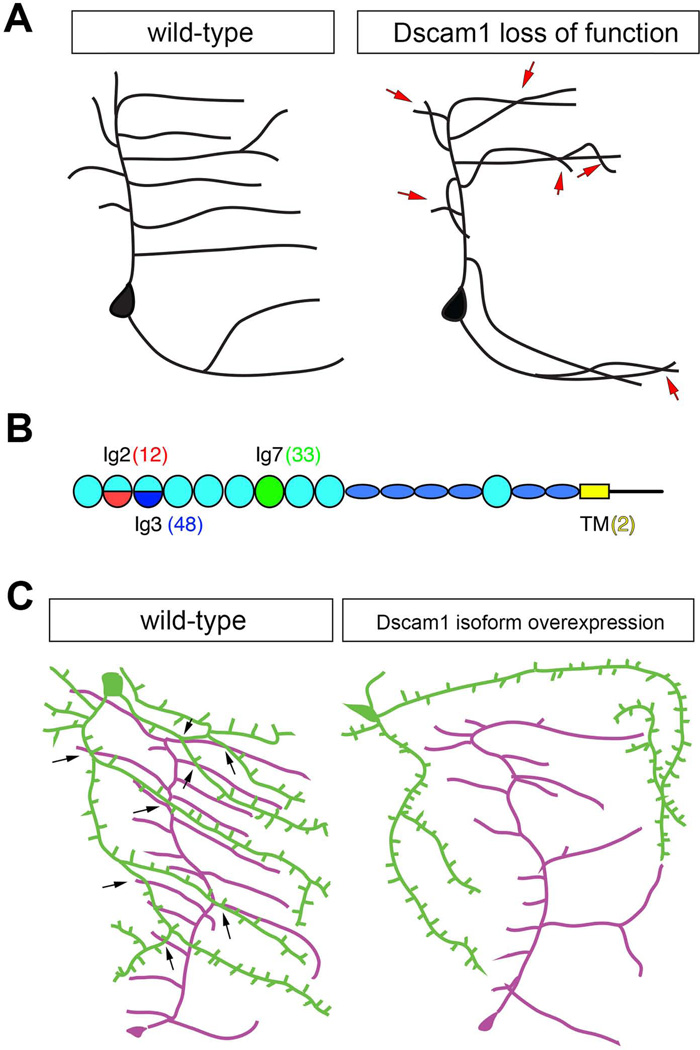Figure 6. Self-avoidance control by Dscam1.
A. Schematic drawing of sensory dendrites in wild-type and Dscam1 loss of function mutants. Overlaps between sister branches are indicated by red arrows.
B. The Dscam1 locus consists of a series of exon cassettes (exon 4, 6, 9, and 17) that via alternative splicing can together generate over 38,000 distinct isoforms. Exons 4, 6, and 9 code for subregions of extracellular Ig domains 2 (red) and 3 (blue), or the entire Ig7 (green), respectively. Exon 17 generates either of two alternative transmembrane domains (yellow). Numbers in parentheses indicate the number of potential forms of each alternatively spliced domain. Flattened blue ovals indicate FN3 domains.
C. In wild-type larvae overlap is observed between dendritic branches of two different dendritic arborization sensory neurons, schematized as green and magenta neurons. Note the extensive crossing between branches of different neurons (arrows), but no overlap between branches of the same cell. Overexpression of a single Dscam1 isoform in cells that normally overlap leads to repulsion and separation of their fields such that few crossings among branches are observed.

